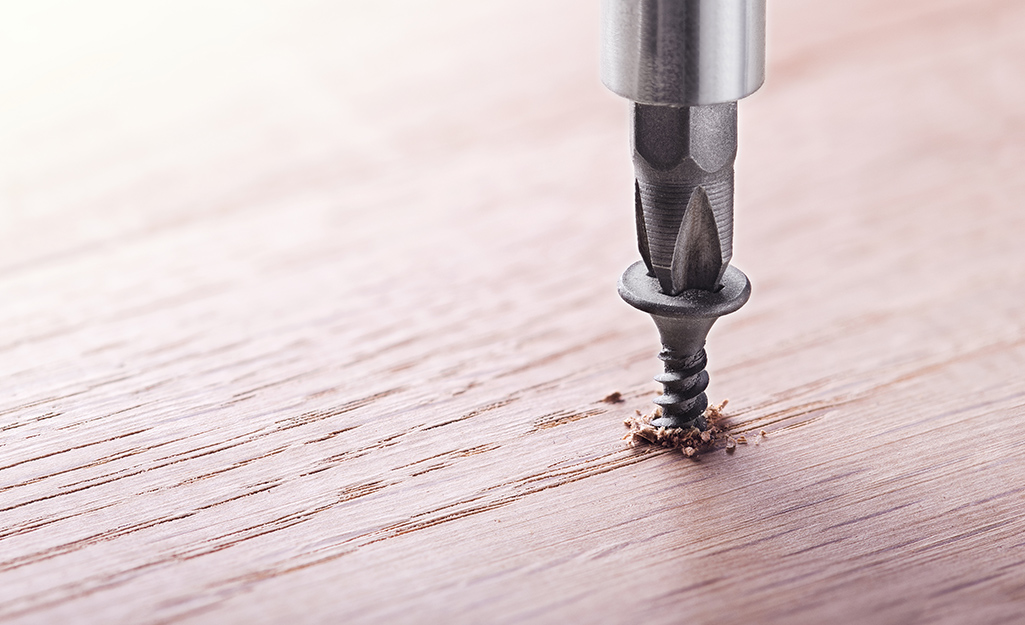How to remove screws that are stripped in different places and through different techniques? The finest screws may still strip out. But the main question is “How to remove a stripped screw” which arises in every mind when have to face it. The slots in a bolt head have worn away, resulting in a stripped screw. As a result, turning a screw with a screwdriver is challenging. Typically, stripped screws are ancient ones that have been inserted and removed several times. Overtightening a screw may also strip it. Identifying the kind of instrument that could be useful is a significant obstacle in learning how to remove a stripped screw. Continue reading to discover how to remove a stripped screw with pliers, screwdrivers, rubber bands, and more.
How to Remove Stripped Screw?
The Stripped screw can easily be extracted or unscrewed from these below-suggested methods and ways:
- Try a Flat-Head Screwdriver
- Pliers for Screw Extraction
- Make use of a larger driver bit.
- Go to a manual screwdriver.
- Make use of steel wool.
- With a hammer, tap the screwdriver.
- Cut a Flat-Head Slot
- Drill into the screw
- Using an abrasive powder.
- Make Grip using Rubber Bands
- Wood Cutter
- Make use of a screw extractor
- Use of a Left handed drill bits
- Hot glue Gen for extraction
- Weld a nut to the head of the screw.
1. Try a Flat-Head Screwdriver for stripped screws:
Try a manually flat-head screwdriver to unscrew a Phillips head screw. By twisting the screwdriver and pushing firmly, it’s typically feasible to drill into the stripped head. All you need to do is lift the screw by 1/8-inch to be capable of removing the screw using pliers.
Take into consideration that this requires a lot of strength. To make things easier, combine this innovative idea with the elastic band method.
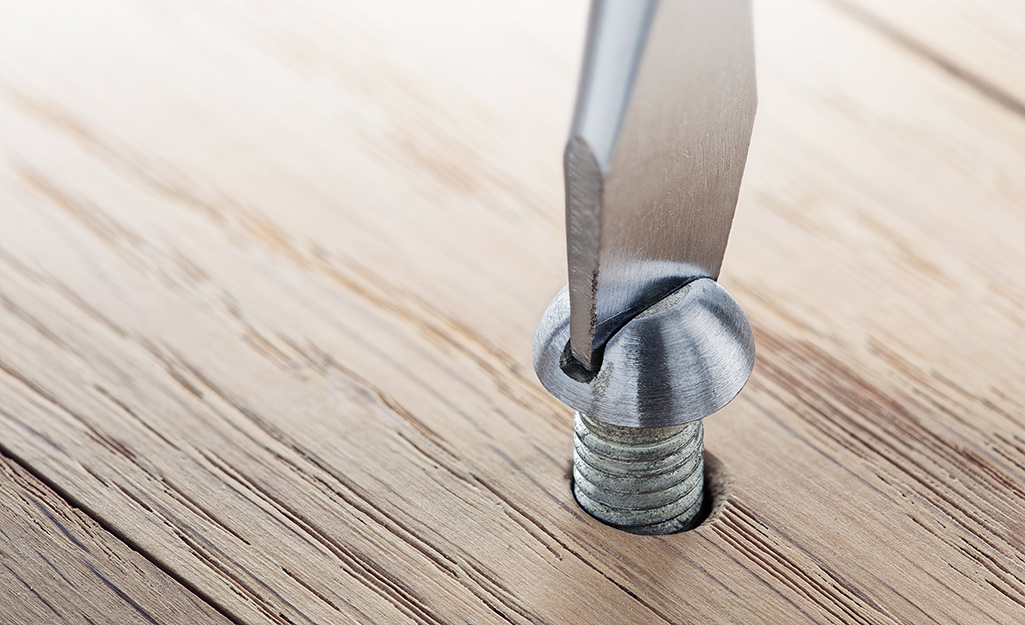
2. Use of Pliers for Screw Extraction:
As long as the screw isn’t completely buried, this is typically the most effective technique of extracting a stripped screw. Pliers will give you a strong enough hold on the screw to take it out. The best pliers to use are locking pliers or vise grip pliers. Although if you are only able to slightly grasp the outside rim of the screw head, this is generally sufficient to start twisting out the screw.
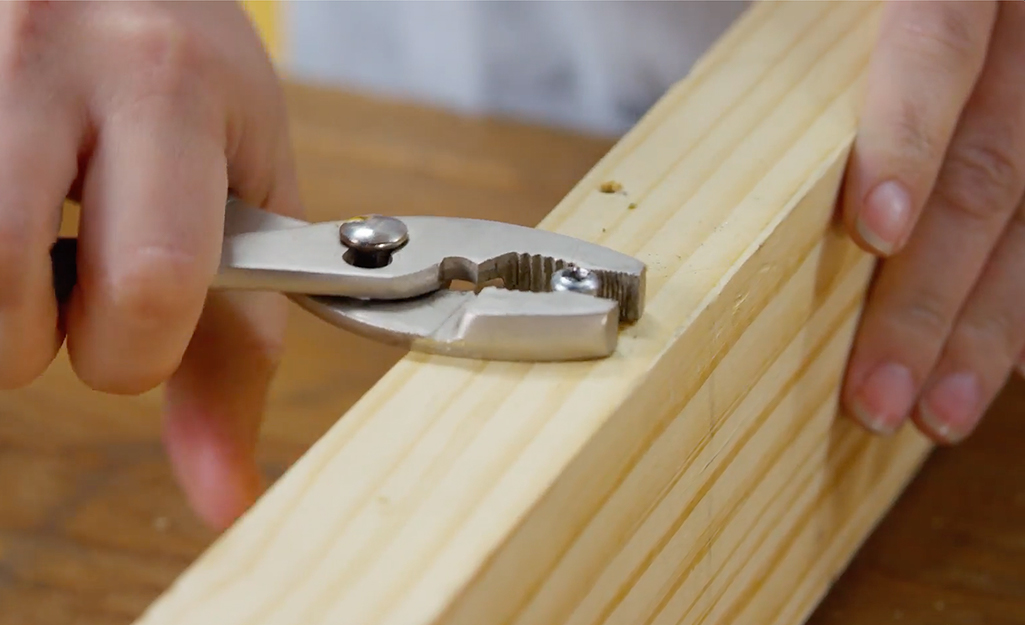
- Hold the pliers to the side (the rounded front of the pliers’ jaws make them less effective at gripping).
- Set the pliers to ensure that the jaws are significantly shorter than the screw head.
- Insert the pliers into the screw head.
- rotate the screw counterclockwise.
- Perform at least two or three complete revolutions.
- Separate the pliers.
- Reposition the pliers so that they face forward (it is simpler to turn this way).
3. Make use of a larger driver bit:
Change the driver bits in your drilling with one suited for screws with bigger heads. The bigger driver bit may transmit pressure over a larger portion of the screw head, assisting in screw removal.
A bigger driver bit in your drill is another option for extracting a stripped screw.
Based on the way the screw is positioned in the socket, it could be feasible to remove it using pliers. Examine how tightly the screw head fits in the slot.
If so, use the locking pliers and hold the screw head with them. If you can get a hold of the head, you may begin twisting it and screwing it out of the hole. This strategy requires time and effort, but it may be quite successful in the appropriate conditions.
4. Go to a manual screwdriver to extract stripped screw:
If you previously used your drill to extract the stripping screw, changing to a manual screwdriver for the exact screw type is typically enough to withdraw the screw. A manual screwdriver provides you greater control over the power than a drill, which may occasionally become uncontrollable. You may also lean in and apply additional force to a mechanical screwdriver.

A stripped screw base may still contain one or two functional slots. Check to see whether a new kind or size of screwdriver might work. If the stripped screw has Phillip’s head, use a straight screwdriver to remove it.
5. Make use of steel wool:
A stripped screw generally results in an absence of grip. The driver bit simply spins all around the bored-out screw head. Inserting steel wool between both the screw head and the driver bit is one method for providing a quick surface grip. Make use of steel wool which is a good source of grip as it fits according to the size of the screw and make the tool work properly by making it simply grabbing and unscrewing the stripped screw.

6. With a hammer, tap the screwdriver
When your screwdriver bit is sliding against its threaded hole, consider this easy solution. Begin by tapping the screwdriver forcefully into the screw head using a hammer. That should give you enough grip to rotate the fastener, particularly if it’s composed of softer material. If this method doesn’t work, wrap the screws with a rubber band or a tiny piece of sellotape with the sticky side against the screw head to increase the grip. Attempt again by pressing the substance into the slot with the screwdriver.
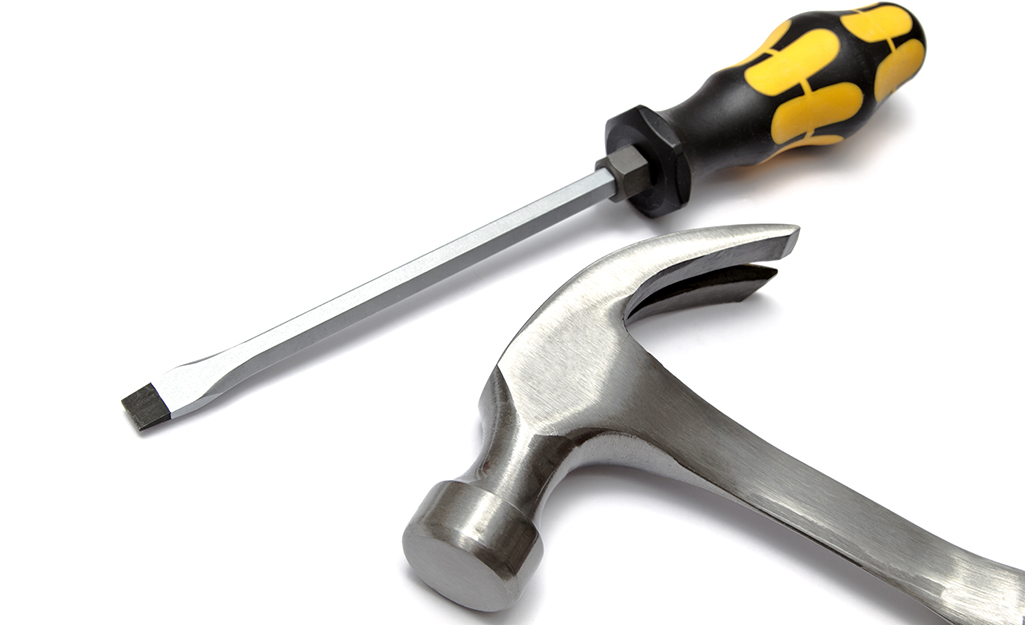
If the screw is composed of soft metal, understanding how to unscrew it might be difficult. If so, you may make a new spot. Insert a screwdriver with a flat head into the screw. Gently push the screwdriver down using a hammer. Insert the screwdriver deeply enough just to grab it. The driver should then be twisted to release the screw.
7. Cut a Flat-Head Slot:
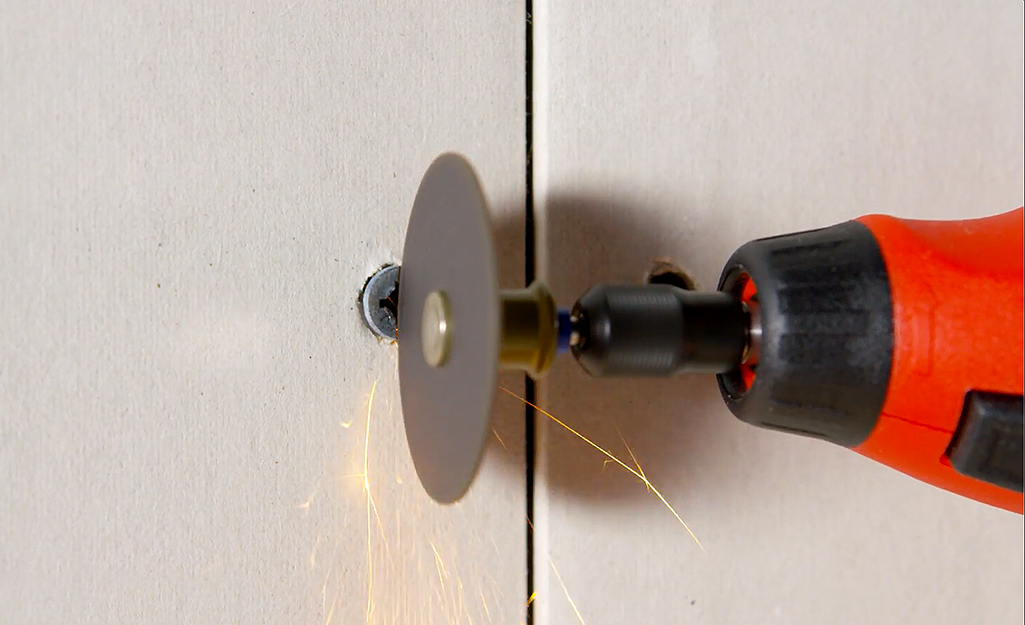
To create a space in the screw, use a circular cutting tool or a multi-tool equipped with a sharp blade. To make a slot for the edge of a flat-head screwdriver, create the slot directly across.
Each slot in a stripped screw might burn out. In such circumstances, create a new slot. On a rotary tool, use a narrow cutting disc. Check that the disc is designed to cut metal. Make a new cut in the stripped screw with care. Insert and rotate a flat-head screwdriver into the new slot.
8. Drill into the screw:
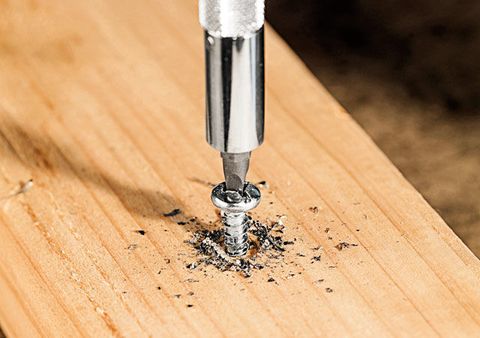
Drilling into the screw is similar to utilizing a screw removal tool, with the exception that you simply need a drill and a series of drill bits designed for cutting into metal.
- Select a bit that is smaller in dimensions than the screw head.
- Insert the bit tip into the middle of the screw head.
Use a low speed to avoid splitting or breaking the screw. Drill till you sense the bit caught on the screw. Switch your drill to reverse. If this doesn’t work, insert a specific screw extraction bit into your drill.
Drilling a tiny hole into a stripped screw might sometimes help your screwdriver to dig farther into the trapped fastener and get a stronger grip on it. If you use this method, be sure you use a drill bit meant for metal rather than wood. Also, don’t drill too deeply.
9. Using an abrasive powder or Liquid:
The steel wool approach is similar in that the more friction applied to the screw head, the better. Sprinkle a touch of washing powder or sandy soil on the stripped screw’s surface, then use the drill driver bit to attempt to unscrew it. To avoid the bit from sliding on the bolt, dust or sand is usually sufficient. Look for a cleaning detergent that doesn’t include chlorine.
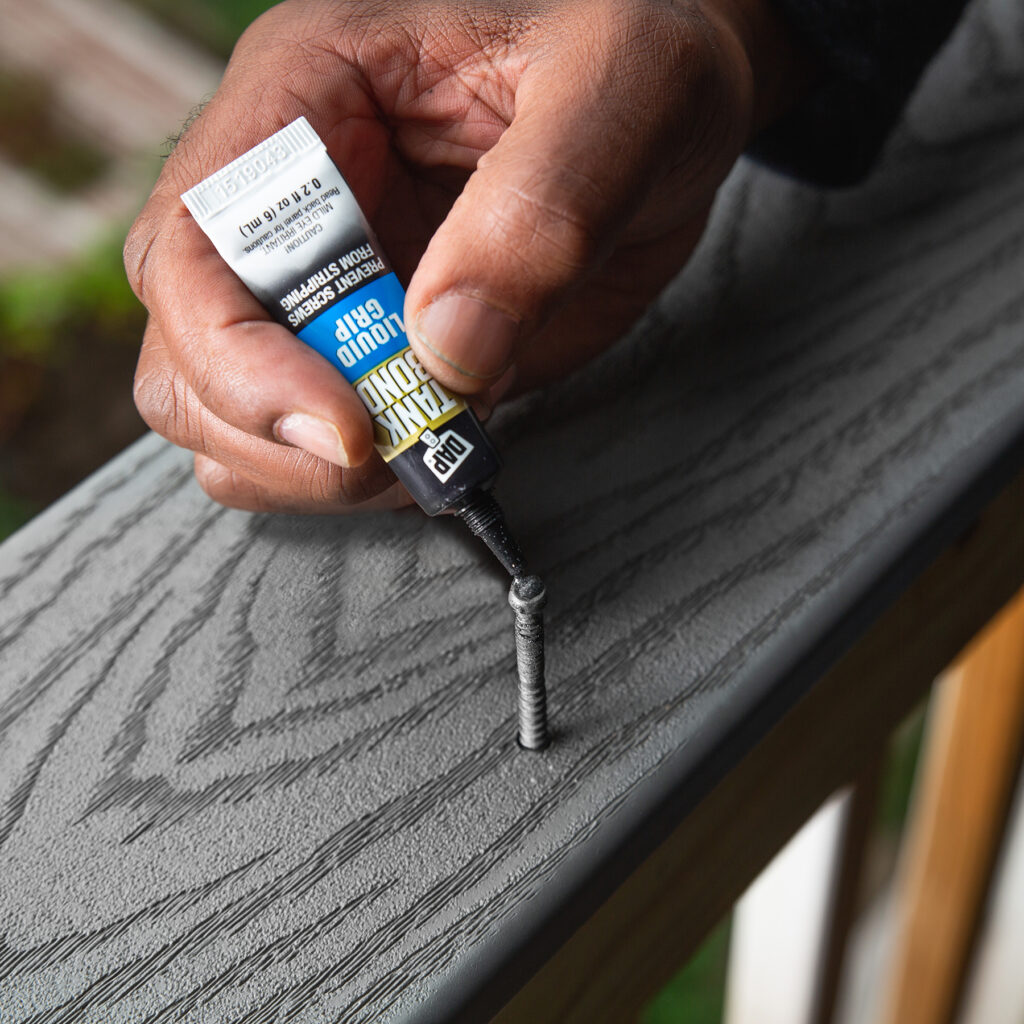
A liquid abrasive may be used to provide a grip for your screwdriver or drill bit, allowing you to extract stripped screws with ease. There is usually little need for more than a single drop of this liquid per screw, and it won’t leave any noticeable stains.
10. Make Grip using Rubber Bands:
The driver bit may get an adequate grip on the stripped screw with the help of a broad elastic band.
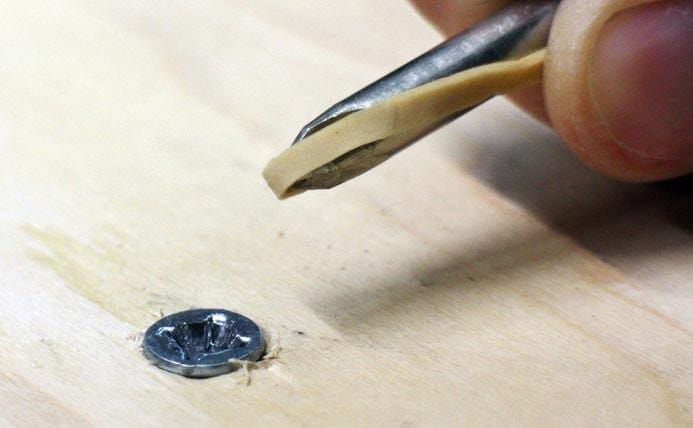
- snip the rubber band.
- Just wrap the rubber band over the bottom of the screw.
- Get a rubber band and attach the driving bit.
- Rotate the bolt clockwise whilst applying firm pressure.
Learning to increase traction is the first step in unscrewing a screw that has been stripped. A standard rubber band from the hardware store will do the work. It’s as easy as covering the screw’s head with a piece of a rubber band. To unscrew a stripped screw, rotate the screwdriver counterclockwise.
11. Wood Cutter for the damaged head of screw:
It’s the moment to get violent if the stripped screw is deeply buried in the substance and no other methods seem to be working. In order to gain access to a screw that is embedded deeply into the wood, you can just use wood plug cutters to cut away the surrounding material.
Locate the plug cutter just above the screw in an electric drill. The broken screw can be retrieved by inserting the plug cutter into the wood and cutting away the wood surrounding and above the screw till the plug-cutting tool reaches the depth of the screw head.
12. Make use of a screw extractor:
Screw extractors, which are counter-threaded to nails, are useful for removing the occasional stubborn component.
There are several sizes of screw extractors available; choose the one that is most closely sized to the tip of your broken screw. Put the extractor into the drill’s head and make sure it’s held firmly by tightening the chuck. Put the drill into reverse immediately. The extraction bit is reverse-threaded, so it may dig into the torn screw and cut into the screw head when the drill is turned around. Keep drilling backward, and the screw will be backed out as the extractor turns it counterclockwise.
13. Use of Left-handed drill bits:
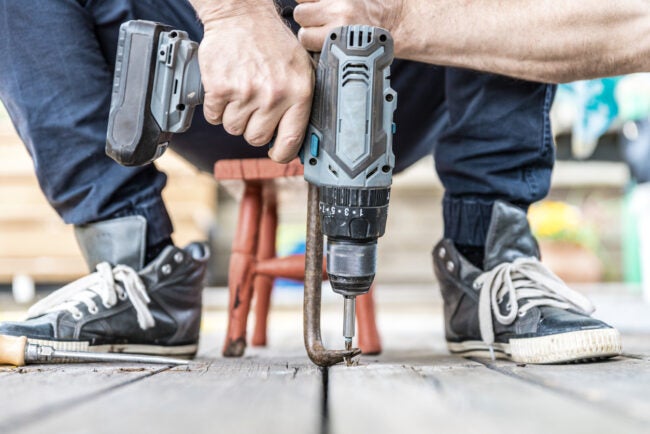
Despite what you may have heard, they really exist. Drill bits that are left-handed must be used reversed. Select a drill bit with a shank slightly smaller than the screw’s head, then insert it into the drill and lock it. Put the drill into reverse, push down firmly on the screw head, and then turn on the drill. It’s likely to succeed in ripping out the screw once it bites into it.
Typically, screws are loosened by twisting them counterclockwise (to the left). The flutes of a left-handed drill bit rotate counterclockwise, making it a rarity. In certain cases, the torque supplied by a left-handed drill bit may be more successful than that of a right-handed bit in removing a stripped screw. Yet, the drills should be turned around for this to be effective.
14. Hot glue Gen for extraction:
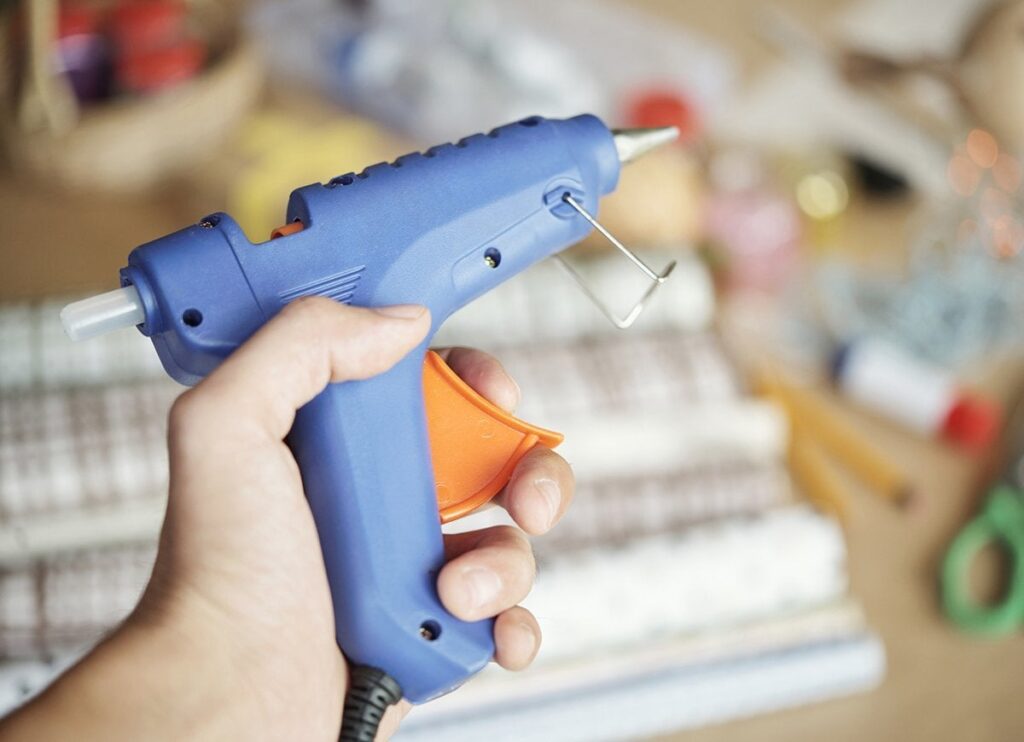
In order to get rid of ruined screws, you may use something you presumably already have: a glue gun. To prevent the screwdriver from falling out while the adhesive is drying, surround the screw head with glue. After that, you may simply use a screwdriver to carefully rotate the stripper screw until it is removed.
15. Weld a nut to the head of the screw:
When all other options have been explored, it’s time to reshape the screw from the ground up. Put a nut on the bolt and spot-weld it to the fixture. For the best results, choose a nut that is either the same size as the screw or smaller. The torn screw may be easily removed with a tool after the weld has cooled. Welding a new nut on the head of the screw can make it usable as one can use the driver to unscrew it by placing it on the top of the welded screw.
Frequently Asked Questions:
Is it easy to remove a stripped screw?
Yes. Even though a screw is stripped, it may be removed.
How do you manually remove a stripped screw?
You won’t be capable of removing a screw with your bare fists in most cases. Whether it’s a rubber band and a screwdriver or an extractor will be required.
How to Remove a Stripped Screw from the laptop?
Using an Elastic Band, Penetrating Oil Spray, Dremel, Drill, or Extractor you can easily remove or extract stripped screw from the laptop.
How can you unscrew a damaged screw?
You should use a screw extractor kit or if feasible, pliers to take it out. If the bolt head isn’t stripped, you may remove it by gripping it with a rubber band and a screwdriver.

